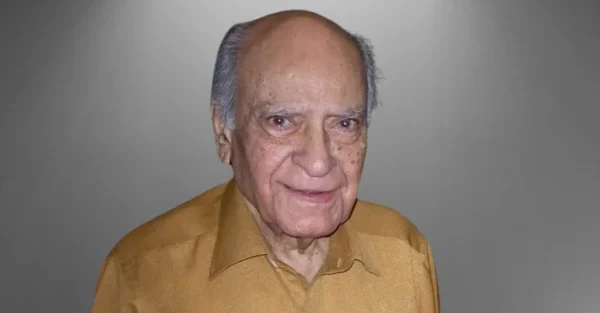1. Political Backlash in 1993: Hangal faced criticism and a temporary boycott from some filmmakers when he attended Pakistan’s Independence Day celebrations at their consulate in Mumbai. Some right-wing groups labeled him “anti-national,” despite his lifelong commitment to India. Hangal defended his choice as a cultural gesture for peace and expressed his disappointment at the accusations.
2. Financial Struggles: Despite his prolific career, Hangal faced financial difficulties, particularly in his later years. He relied on charity and friends’ support during illness, sparking discussions about the lack of social security for veteran actors. This highlighted the vulnerability of artists despite their contributions to the entertainment industry.
3. Stereotyping: While beloved for his endearing and relatable characters, Hangal’s later roles often typecast him as a meek old man. He acknowledged this stereotype but also found humor in it. Some critiques pointed towards the limitations this typecasting could impose on an actor’s range.

